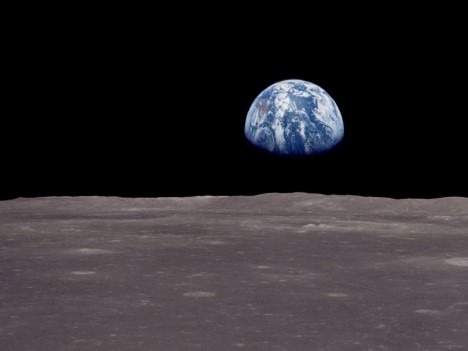With the current pandemic of Coronavirus SARS-CoV-2 (COVID-19) there has been a lot of discussion about Social Distancing in order to slow the transmission rate between people. And in fact this particular virus may have originated from humans being in close contact with animals like bats or the Pangolin (zoonoses). These viral diseases including the common coronaviruses (alpha coronaviruses) are known as Density Dependent Diseases (DDD).
We’re being advised to avoid crowds, but nobody (to the best of our knowledge) is advising us to avoid “making” crowds. We need to “think outside the pyramid” and recognize the singular most important problem facing humankind – the common dominator is global human overpopulation.
The Human Species is a paradox – we evolved to be the most social mammal (the evolution of language qualifies that statement). Our social cooperation kept our ancestors from becoming extinct in the East African woodlands like the australopithecines. We have a Social Imperative* to make and live in social groups, but these were small groups where every individual was known cooperation was the norm while competition was not, because it could be potentially disruptive to the group.
However, after the development of plant domestication around 10,000 years ago, human population densities increased to the extent that humans had to adapt by creating social, religious, and political structures in order to minimize competition and disruptions. Social competition became the “new normal” creating ranking within the group, and stratification between groups. Nonetheless, over the past millennia, disruptions and violence have been increasing. These include xenophobia* in all of its manifestations, and of course violence in all of its manifestations.
Humans are not naturally competitive and violent, and it’s not natural for humans to harm other humans. So humans try to avoid stress by using “social distancing” which has been, and is still being used when it’s employed in war and genocide (dehumanization). And of course that helps us to understand the phenomenon of polarization including political and economic polarization. The human world has become so crowded that we actively seek “social distancing” from others – even to the point of fictionalizing differences (aka stereotyping). Crowding stress is a perception tailored by culture and personality. So while we voluntarily congregate in incredibly large crowds, in other situations where we feel a loss of control, crowding stress may ensue.
The phenomenon known as “tribalism” can be explained as A.F.C. Wallace’s “revitalization movement”, an effort by a people when confronted with stressful situations, try to go back in time in order to distance themselves from stress. Ronald Reagan’s 1980 campaign slogan “Let’s Make America Great Again” could be understood in this context.
Machiavelli understood how crowding stress and negative emotions can be used for political gain. And today we see many of the world’s leaders use hate, fear, and loathing in order to motivate their political base. This phenomenon is seen in the “populist” and nationalist movements worldwide. And they are increasing across the political spectrum.
Global human overpopulation is a genuine pandemic. It is the factor in anthropogenic climate change, density dependent diseases (DDD), and Density Dependent Social Pathologies (DDSP*). The meaning of life is reproduction, so it would be difficult to limit it, but we do have a choice: either voluntary limits or let Nature do it. The current CoV-19 pandemic will fade, new viral pandemics will emerge, and social competition, xenophobia, and violence will continue to increase, unless we as a species recognize the common denominator: global human overpopulation.
*Our hypothesis, The Social Imperative and the social consequences of human overpopulation.
*Xenophobias– social discrimination based on sex, gender, age, religion, ethnicity, Language and dialects, sexual orientation, political worldview, sports, “race”, etc.
* DDSP including social competition (ranking and stratification) and increasing xenophobias.
Daniel Cring is a retired anthropologist after studying, researching, and teaching the four-field approach of Boasian Anthropology for the last 27 years at The University of Louisiana at Lafayette. Daniel has taught 15 different preparations at UL-Lafayette including “Race” and Racism, Forensic Anthropology, Primatology, Medical Anthropology, and Human Ecology. American Anthropology’s four-field approach offers a holistic perspective on the human experience.
The MAHB Blog is a venture of the Millennium Alliance for Humanity and the Biosphere. Questions should be directed to joan@mahbonline.org
The views and opinions expressed through the MAHB Website are those of the contributing authors and do not necessarily reflect an official position of the MAHB. The MAHB aims to share a range of perspectives and welcomes the discussions that they prompt.
